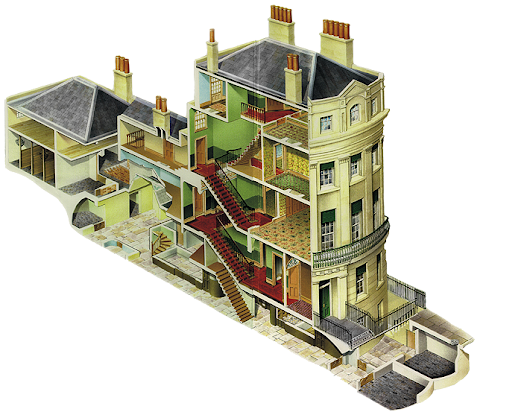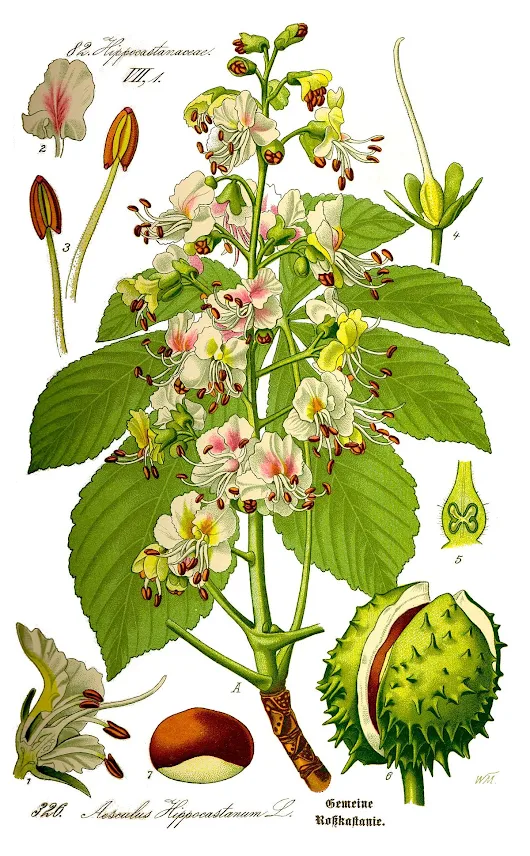December 2nd 1938: Nearly a month after the
infamous Kristallnacht, the Nazi November- pogrom in Germany, the first
transport of Jewish refugee children from Berlin arrives in the United Kingdom. The number having been around 200 people in the beginning, the figures rose steadily in the years ahead.
Between December 1938 and September 1939 a
total of 10,000 children were taken in by the United Kingdom. These children not only came from
Nazi Germany but also from
Austria, Poland and Czechoslovakia. The so-called "
Refugee Children Movement" was a
desperate attempt to rescue at least part of the Jewish population before the Holocaust. Most of the evacuated children were to
never see their parents again.
The
Kindertransport (German for "children's transport") was an organised rescue effort that took place during the nine months prior to the outbreak of the
Second World War. The
United Kingdom took in nearly 10,000 predominantly
Jewish children from
Nazi Germany, Nazi-occupied
Austria,
Czechoslovakia and
Poland, and the
Free City of Danzig. The children were placed in British
foster homes,
hostels, schools and farms. Often they were the only members of their families who survived
the Holocaust. The
programme was supported, publicised and encouraged by the British government. Importantly the
British government waived all those visa immigration requirements which were not within the ability of the British Jewish community to fulfil. The British government put
no number limit on the programme – it was the start of World War II that brought the programme to an end, at which time about 10,000
kindertransport children had been brought to the United Kingdom.
The term "
kindertransport" is also sometimes used for the rescue of mainly Jewish children, but without their parents, from Germany, Austria and Czechoslovakia to the
Netherlands, Belgium, and France. An example is the 1,000
Chateau de La Hille children who went to Belgium. However, often, the "
kindertransport" is used to refer to the organised programme to the United Kingdom.
World Jewish Relief (then called the
Central British Fund for German Jewry) was established in
1933 to support in whatever way possible the needs of Jews both in Germany and Austria. Records for many of the children who arrived in the UK through the Kindertransports are maintained by World Jewish Relief.
The
British Kindertransport programme was unique –
no other country had a similar programme. In the United States, the
Wagner–Rogers Bill was introduced in Congress, but due to much [xenophobic] opposition, it never left committee.



